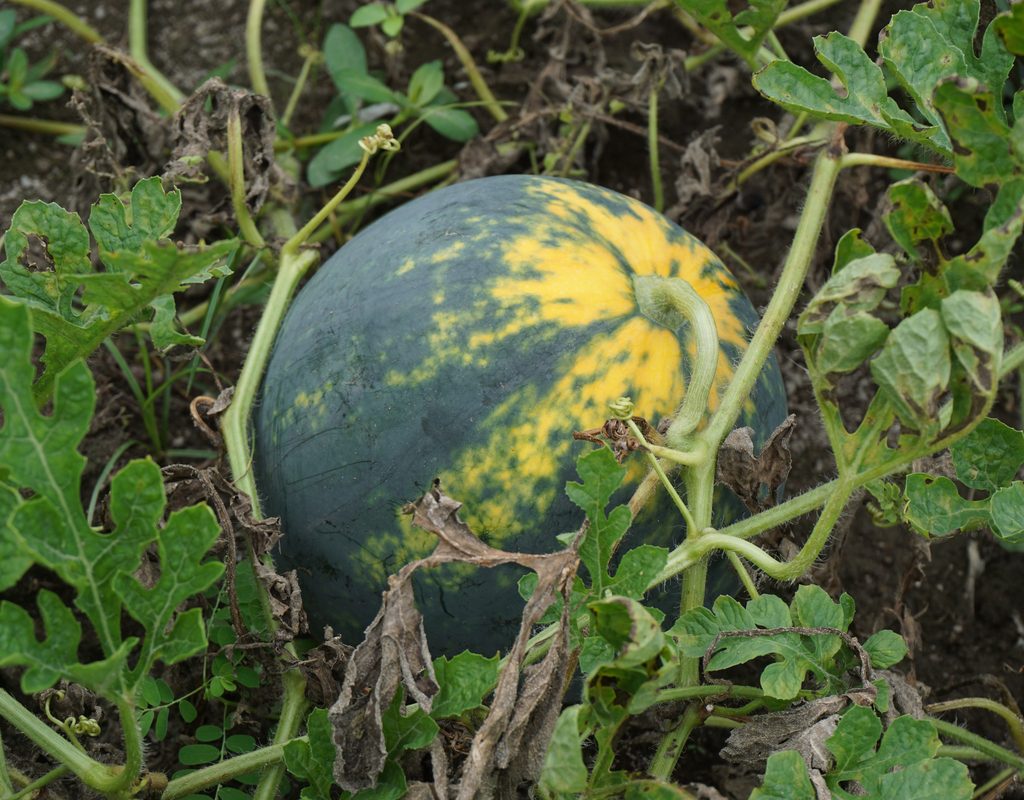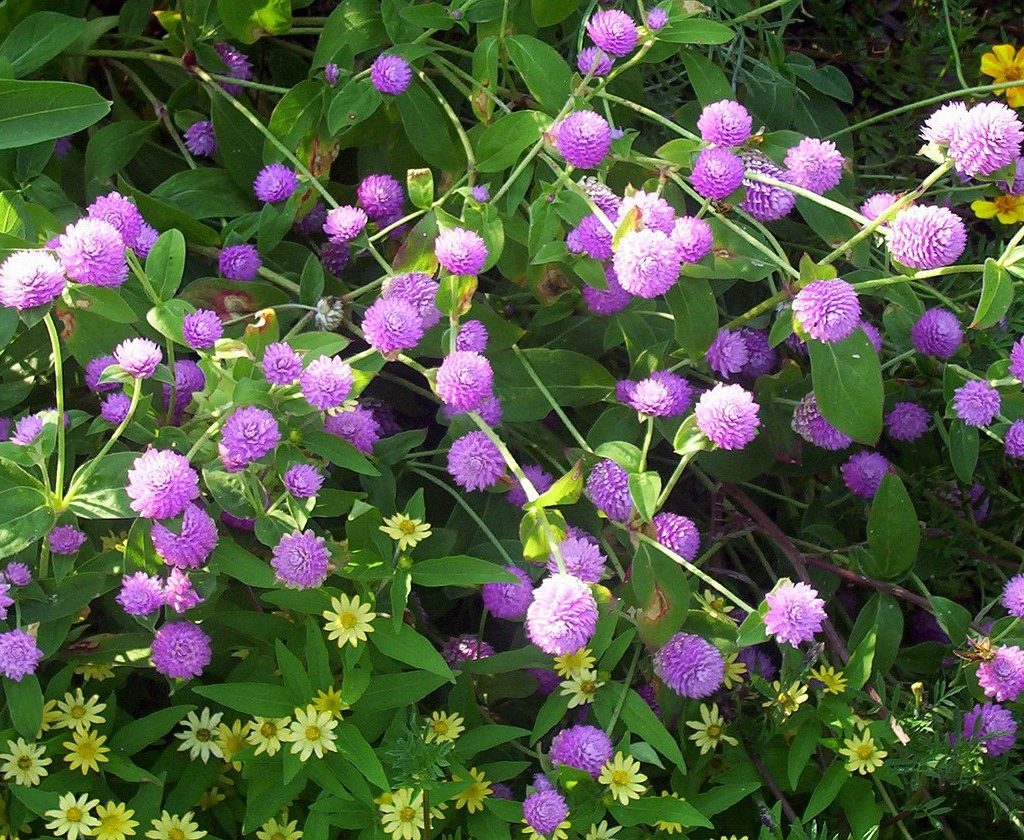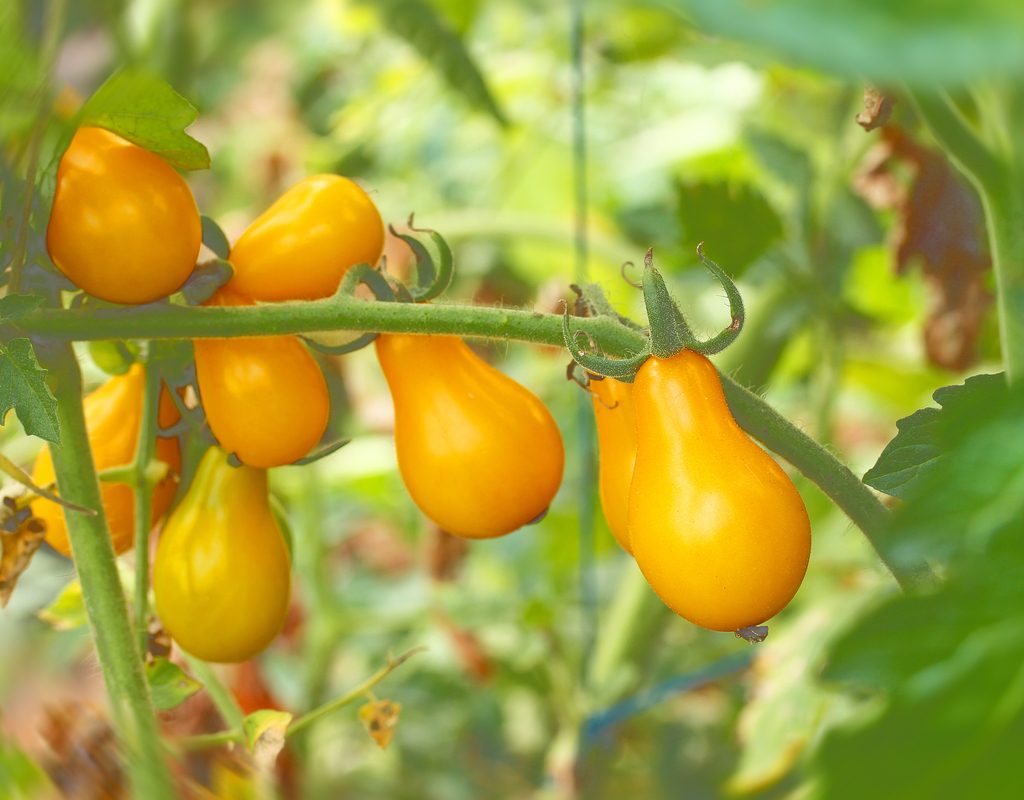Selecting plants for your garden can be complicated for gardeners who like to put a lot of thought into their garden plan. There are so many different plants to choose from, and then each plant comes in different varieties. There’s also the matter of choosing between a hybrid or heirloom variety. An heirloom is typically a variety that’s passed down between generations, but what does it mean in the context of plants? We’ll answer all your heirloom plant questions to help you decide what’s best for your garden.
What is an heirloom plant?
Unfortunately, there are a few different definitions of heirloom plants, and the definition one uses can be a point of contention in the broader gardening community. However, there are a few things that hold true for almost any definition. Heirloom plants become easier to understand when you compare them to their direct counterpart, hybrid plants.
Hybrid plants are created through deliberately cross pollinating different plants to get certain characteristics. Heirlooms are always created through open pollination, meaning pollination without human intervention.
Heirlooms are also generally older than hybrids. While a hybrid can be created at any time and by anyone, heirloom varieties must be at least 50 years old, with a preference for varieties that are pre-World War II. This is because hybrid plants, especially vegetables and fruits, became much more popular during World War II.
Heirlooms tend to be true to seed, too. This means that the seeds you collect from the plant will grow into a plant that’s very similar to the first plant. This is mainly due to how the varieties are created. Open pollination for a long stretch of time leads to a more stable variety, while a fairly quick, human-led development tends towards a more malleable variety.

What are some popular heirloom plant varieties?
There are heirloom varieties of most plants, if you look for them, but some are certainly more popular than others. Here are a few of our favorite heirloom plant varieties and some tips for caring for them.
Heirloom tomatoes are a favorite of many gardeners. For full sized varieties, try back krim, brandywine, or gold medal. If cherry tomatoes are more your style, how about yellow pear tomatoes, black cherry, or riesentraube tomatoes. No matter the variety, tomatoes need lots of sun and rich, well draining soil.
If you’d like something a little sweeter, try a moon and stars watermelon. This heirloom watermelon variety is eye-catching in the garden and mouth watering on the plate. Rather than stripes, its rind is dark green with yellow speckles. Plant this vine in moist, well-draining soil with plenty of sun. Give it a lot of room to grow, or give it a trellis to conserve space.
Growing a flower garden, not a vegetable one? No problem, plant jasmine tobacco, nicotiana alata! The purple and white, star-shaped flowers this plant grows have an incredible scent. These flowers prefer full sun, but can tolerate some light shade, especially in the afternoon.
Globe amaranth is another stunning flower. It’s easy to grow and care for, and has magnificent round flowers in a range of colors. They tolerate almost any soil, and aren’t prone to most diseases or pests. Keep the soil evenly moist, but not soggy, and they’ll do fine.

What is the best place to get heirloom seeds?
There are plenty of brands and companies that sell heirloom seeds, but the best place to get them, especially heirloom seeds that are native to your area, is a local seed swap or seed exchange. As the name implies, seed swaps are events where gardeners and farmers meet up and trade seeds. This is often a great place to find unusual, interesting, or even rare heirloom seed varieties. Even better, it offers a chance to connect with other gardeners and farmers, so you can ask questions about the varieties they grow and share tips for growing different plants. Different events have different rules about what types of seeds can be brought, whether or not there’s an entrance fee, and whether or not you need to contribute your own seeds to attend, so be sure to do your research before going.

What are the pros and cons of growing heirloom plants?
Heirloom plants are a window into the past, a form of living history. They take a long time to develop, but are a great way to get a glimpse of how gardens looked decades ago. This length of time makes them more stable, but also removes an element of surprise that some gardeners enjoy. Some heirloom varieties are rare and hard to come by, like Ozette potatoes and Norman’s Pippin apples, but, by growing them, gardeners can help keep the variety alive.
Heirloom plants are often more flavorful or more strongly scented, as opposed to hybrid varieties that are bred for commercial production. Fruits and vegetables in particular often have thinner skins and lower water content, giving them a more pronounced flavor but making it more difficult to machine harvest and store them long term.
Heirloom plants, also sometimes called heritage plants, can be a confusing topic. There’s no one way to define them, and there are so many varieties out there. Hopefully this guide has helped clear up some of that confusion. Growing heirloom plants can benefit your garden, and the variety itself.


